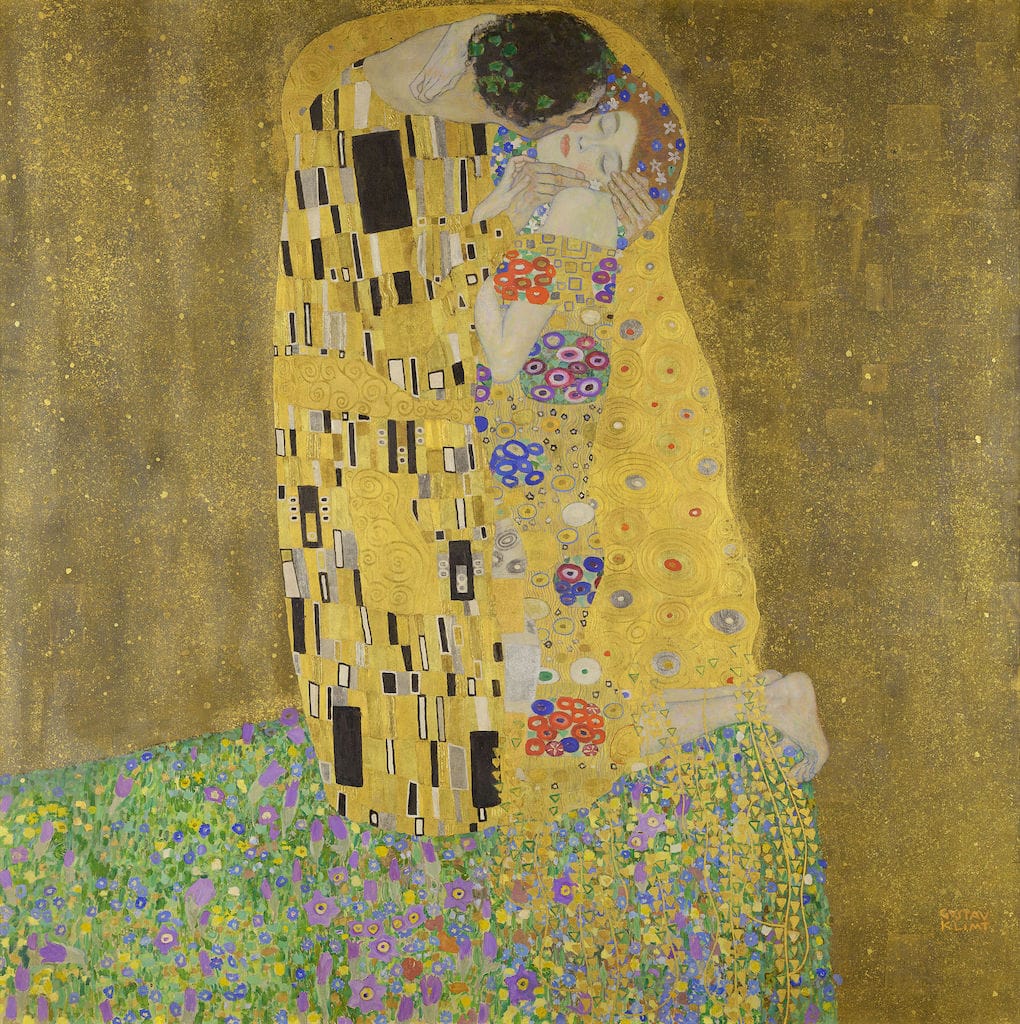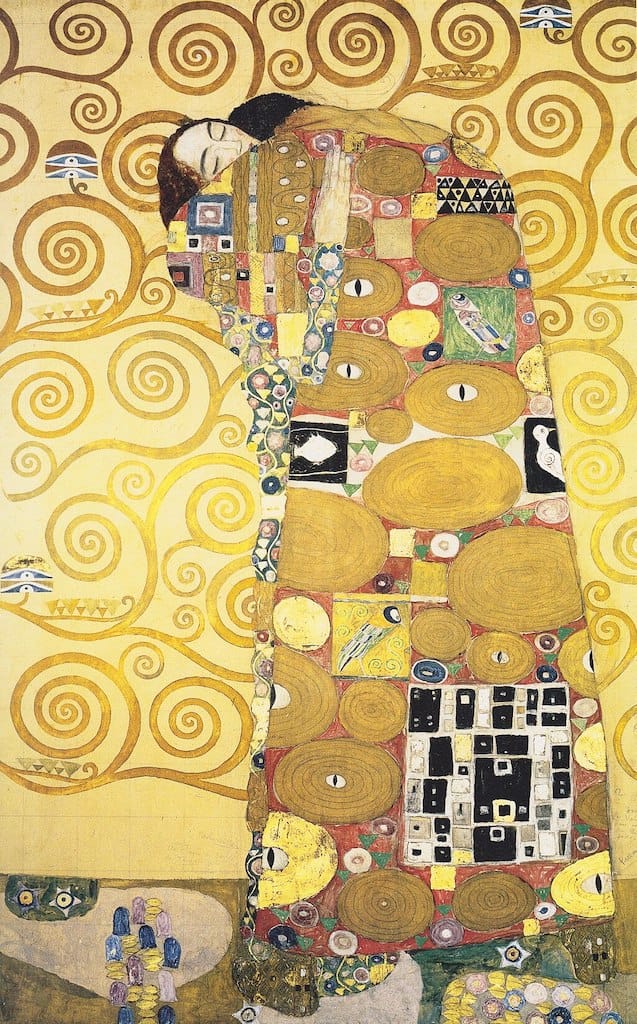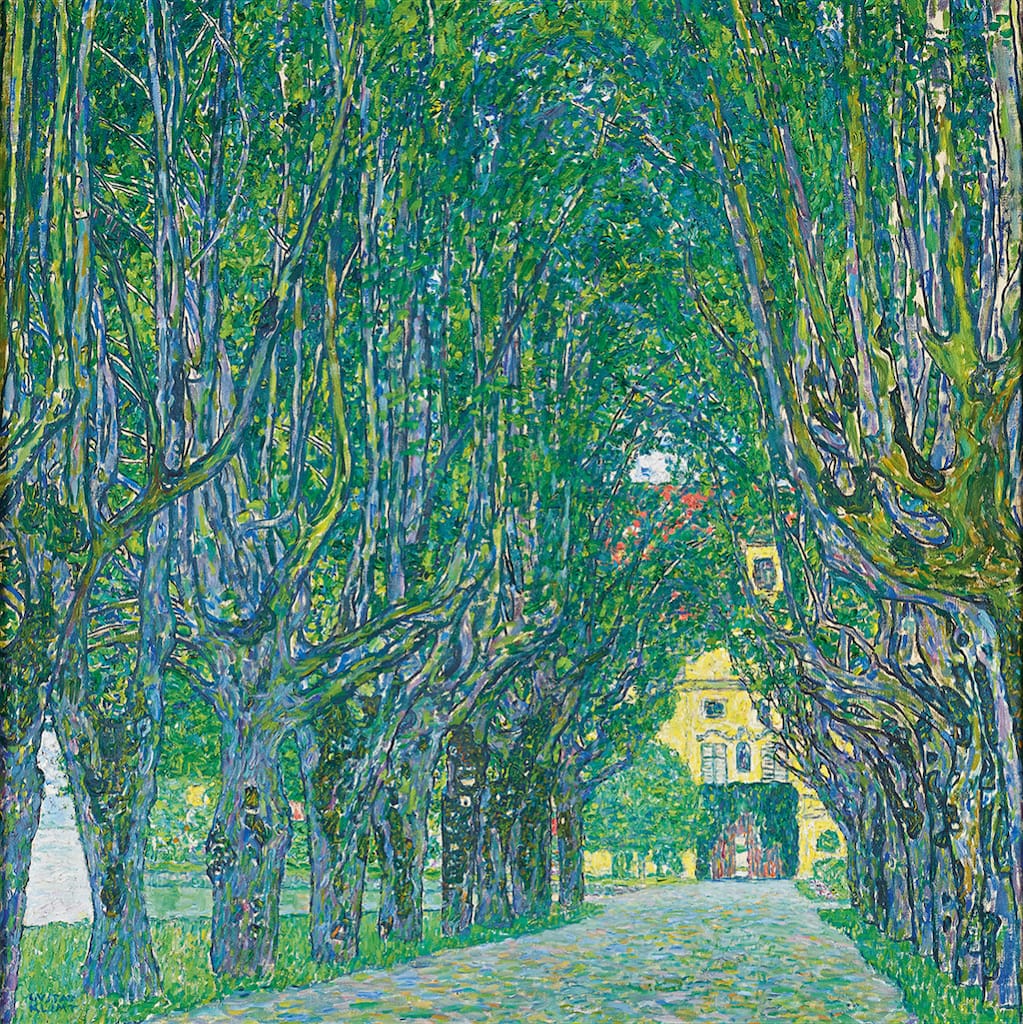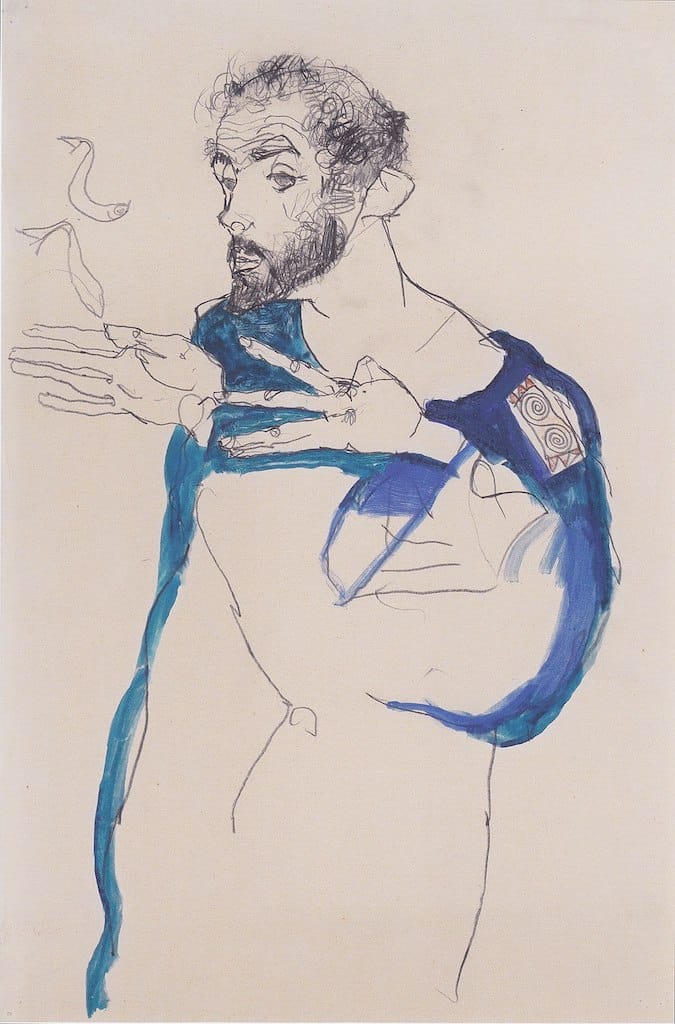Gustav Klimt: The Golden Legacy and Modern Art Pioneer
Discover the extraordinary life and groundbreaking work of Gustav Klimt. Explore his Golden Phase, innovative use of gold leaf, and enduring influence on modern art, as his visionary legacy continues to inspire and redefine artistic expression worldwide.

Gustav Klimt stands as one of the most celebrated and influential figures of the early modernist movement, his art characterised by an intoxicating blend of sensuality, symbolism, and intricate decoration. Born in 1862 in Baumgarten, near Vienna, Klimt's life and work offer a fascinating glimpse into an era of artistic experimentation and societal change. In this essay, we will explore the contours of his personal history, the evolution of his artistic style, and the enduring legacy he has left on the art world.
Early Life and Formative Years
Gustav Klimt was born into a modest family and initially pursued a conventional education in the fine arts. His early years were spent at the Vienna School of Arts and Crafts (Kunstgewerbeschule), where he honed his technical skills and absorbed the rich traditions of classical art. Despite the rigours of academic training, Klimt's natural curiosity and creative flair quickly set him apart from his contemporaries. It was during these formative years that he began to develop the distinctive visual language that would come to define his work.

Klimt’s early career was marked by his involvement in major public commissions. Alongside his brother Ernst and other fellow artists, he contributed to the decoration of grand public buildings in Vienna. This period was crucial in shaping his sense of composition and mastery over decorative elements. Yet, even as he worked on projects that adhered to traditional artistic conventions, Klimt's inclination towards experimentation was steadily growing.
The Break from Tradition: The Secession Movement
A pivotal moment in Klimt’s career came in 1897 with the founding of the Vienna Secession, a group of artists who sought to break away from the conservative academic art scene of Vienna. This movement was driven by a desire to embrace new ideas and techniques, and to explore themes that reflected the changing cultural landscape. Klimt emerged as a leading figure within the Secession, advocating for an art that celebrated beauty, eroticism, and the inner workings of the human psyche.

Klimt's work during this period is characterised by bold decorative elements, the liberal use of gold leaf, and an unabashed exploration of sensuality. His paintings from this era, such as the iconic The Kiss, encapsulate a style that is at once opulent and intimately personal. The use of gold, inspired in part by Byzantine mosaics, adds a luminous quality to his canvases, creating an almost ethereal atmosphere that continues to captivate audiences.
The Golden Phase
Perhaps the most renowned phase of Klimt’s career is his so-called “Golden Phase,” which saw him fully embrace the luxurious materials and intricate patterns that have become synonymous with his name. During this time, Klimt produced some of his most celebrated works, merging decorative motifs with profound allegorical content. Paintings like Portrait of Adele Bloch-Bauer I not only exemplify his technical prowess but also demonstrate his ability to capture the complexity of human emotion through the interplay of pattern, colour, and form.

This phase was marked by an obsessive attention to detail. Klimt's use of gold leaf was not merely an aesthetic choice; it was a deliberate effort to elevate his subjects into the realm of the timeless and the sublime. The glittering surfaces of his canvases invite viewers into a world where the boundaries between the material and the metaphysical become blurred. In these works, the viewer is not simply observing a portrait or a scene, but rather engaging with a visual narrative that speaks to the innermost yearnings of the human soul.
Themes and Influences
Klimt’s oeuvre is replete with themes that explore the dualities of existence—life and death, love and decay, sensuality and spirituality. His portrayals of the female form, in particular, have sparked both admiration and controversy. Women in Klimt’s paintings are often depicted as embodiments of both beauty and mystery, their forms rendered with a sensitivity that defies easy categorisation. This nuanced representation has led many to view Klimt’s work as a celebration of femininity and a commentary on the societal constraints placed upon women during his time.
In addition to his exploration of gender and identity, Klimt was profoundly influenced by the cultural and intellectual ferment of fin-de-siècle Vienna. The city was a melting pot of ideas, where debates on philosophy, psychology, and science were at the forefront of public discourse. Klimt’s engagement with these ideas is evident in his symbolic use of imagery and allegory. The recurring motifs in his work—spiralling patterns, intertwining figures, and abstract forms—are imbued with layers of meaning that invite multiple interpretations.

Furthermore, Klimt’s interest in non-Western art and ancient cultures played a significant role in shaping his aesthetic. His exposure to Japanese prints, for example, can be seen in his innovative use of space and perspective. This cross-cultural dialogue enriched his work, allowing him to create a visual vocabulary that was both contemporary and timeless.
Later Years
As Klimt matured as an artist, his work continued to evolve, reflecting both his personal experiences and the shifting cultural landscape. The latter years of his career were marked by an increased focus on allegory and symbolism, as well as a deeper exploration of psychological themes. Despite facing criticism from traditionalists, Klimt remained committed to his vision, leaving an indelible mark on the course of modern art.

Klimt passed away in 1918, but his influence has only grown in the decades since his death. His innovative techniques and daring subject matter paved the way for future generations of artists who sought to break free from the confines of academic tradition. Today, Klimt’s work is celebrated worldwide, housed in major museums and revered by collectors and art enthusiasts alike.
The legacy of Gustav Klimt extends far beyond his technical mastery. His work is a testament to the transformative power of art—a medium through which complex emotions and ideas can be distilled into a single, captivating image. Klimt challenged the boundaries of convention and, in doing so, opened up new avenues for artistic expression. His paintings continue to inspire contemporary artists, serving as a reminder that art is not merely a reflection of the world, but a powerful force capable of reshaping our perceptions of reality.
The Human Element in Klimt's Art
At the heart of Klimt’s work lies a deep understanding of human nature. His portrayals of emotion and desire capture a spectrum of experiences that resonate on a deeply personal level. The intimate, often erotic, depictions of his subjects invite viewers to confront their own inner lives, reflecting a vulnerability and openness that is both rare and compelling. In an era when art was often seen as a mirror of society, Klimt’s work stood apart for its unapologetic celebration of individual experience.

The interplay of light and shadow in his paintings adds another layer of complexity, suggesting that beauty and truth often reside in the interplay between the visible and the unseen. This duality is perhaps best exemplified in his portraits, where the sitter’s gaze, expression, and attire are imbued with symbolic significance. Klimt’s ability to merge the physical with the metaphysical has cemented his reputation as an artist who was not afraid to explore the darker recesses of the human psyche.
Klimt’s Relevance in the Modern Era
In today's art world, Gustav Klimt remains a figure of endless fascination. His innovative techniques and bold thematic choices continue to influence contemporary art, as seen in the works of modern painters, sculptors, and even digital artists. The timeless quality of his work lies in its capacity to evoke a wide range of emotions, inviting viewers to embark on a journey of self-discovery and reflection.

Moreover, Klimt’s legacy is not confined to the realm of fine art. His influence can be observed in popular culture, from fashion to graphic design. The intricate patterns and rich textures that defined his work have found new life in modern aesthetics, making his style instantly recognisable even to those who may not be well-versed in art history. This enduring appeal speaks to the universal nature of his vision—a vision that transcends time and continues to captivate audiences around the globe.
Conclusion
Gustav Klimt's life and work encapsulate the spirit of an era that was as much about breaking free from tradition as it was about celebrating the human experience. From his early days as a promising student at the Vienna School of Arts and Crafts to his leadership role in the Vienna Secession and his iconic Golden Phase, Klimt’s journey is a testament to the transformative power of art. His innovative use of gold leaf, bold decorative motifs, and profound allegorical imagery not only redefined the boundaries of artistic expression in his own time but also left a lasting impact on generations of artists that followed.





